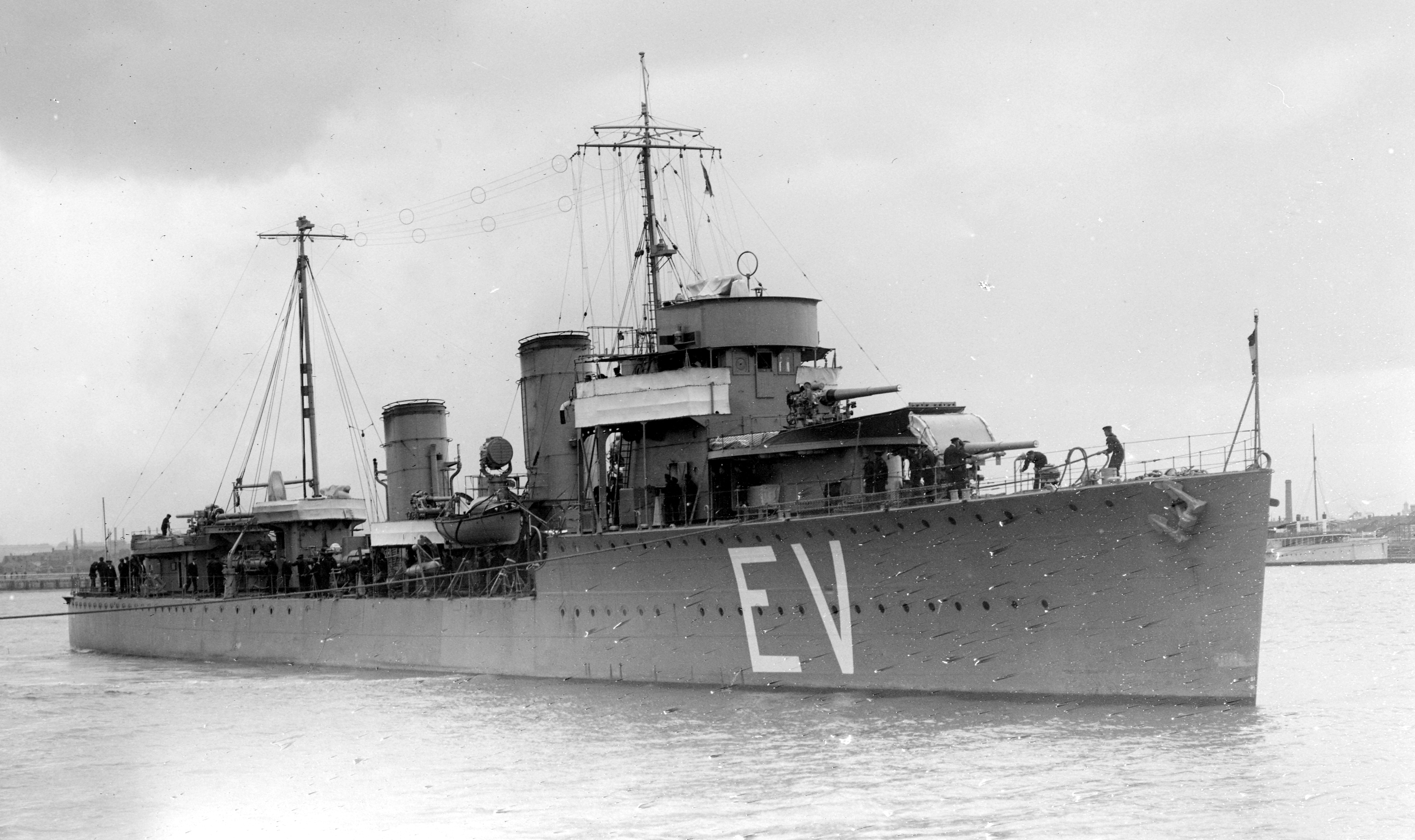|
Burgerhout
Burgerhout was a Dutch company in Rotterdam, active from 1852 to 1932. In 1865 it became a machine factory. In 1909 it started to build ships and in 1927 it branched out to the aircraft industry. Predecessors Burgerhout was preceded by the smithies of Kramer and Steigerwald. In 1772 Jan Kramer, smith and 'maker of spits' was mentioned in the Zwanesteeg at Leuvehaven Rotterdam. On 10 February 1818, smith Jan Kramer died at age 83. His daughter Cornelia Kramer, widow of J.H. Steigerwald then announced that her son J. Steigerwald would continue the business. On 22 January 1848 Jan Steigerwald died. His obituary held a note that the affairs would be provisionally continued 'in light of the size of the business inside and outside of the city'. In February 1848 there was an agreement that S. Bouwmeester and O. Grunzig would continue the company under the name ('firma') J. Steigerwald. At the time it produced anchors and made products for shipping, mills, households and carriages. It ... [...More Info...] [...Related Items...] OR: [Wikipedia] [Google] [Baidu] |
Admiralen-class Destroyer
The Admiralen class were eight destroyers built for the Royal Netherlands Navy between 1926 and 1931. All ships fought in World War II and were scuttled or sunk. Design These ships were built in the Netherlands with assistance from the British company Yarrow (at that time the leading builder of destroyers in the world). The Dutch ships were based on the British destroyer . A novel feature was the provision of a seaplane for scouting. There was however no catapult, the plane being lowered into the sea by a crane. The differences between the two groups were minor; the second group was fitted for minesweeping rather than mine laying, and they carried one less gun for 30 tons of fuel. Design Between 1925 and 1928 eight new destroyers were laid down to replace the ''Wolf''-class destroyers. The design came from Yarrow & Co, they based it on HMS ''Ambuscade'' and HMS ''Amazon''. The Royal Netherlands Navy took the Yarrow & Co design and made some minor changes. The first ... [...More Info...] [...Related Items...] OR: [Wikipedia] [Google] [Baidu] |
Tanjung Priok Dock Of 8,000 Tons
''Tanjung Priok Dock of 8,000 tons'' was a floating dry dock built for Droogdok-Maatschappij Tandjong Priok (dry dock company Tanjung Priok) in the 1920s. Context Tanjung Priok, the harbor of Batavia/Jakarta The Indonesian capital Jakarta is on the shore of the Java Sea. For most of its history the 'harbor of Jakarta' was a place at sea where ships anchored, so they could load and unload via smaller ships. This changed when the newly constructed Port of Tanjung Priok (Dutch: Tandjong Priok) was opened 1881–1883. At Tanjung Priok ships could attach to a quay. The idea was that when the expensive transloading was no longer needed, the competitive position of Batavia would be strengthened. Droogdok Maatschappij Tandjong Priok Tanjung Priok at first lacked a good repair facility, especially a dry dock. The repair shipyard of the Nederlandsch Indische Droogdok Maatschappij (NIDM) at nearby Untung Jawa (Amsterdam Island), Amsterdam Island had Volharding Dock, but this was too s ... [...More Info...] [...Related Items...] OR: [Wikipedia] [Google] [Baidu] |

_2.jpg)
